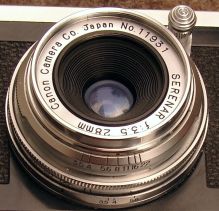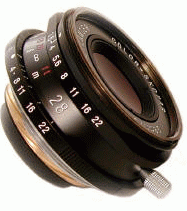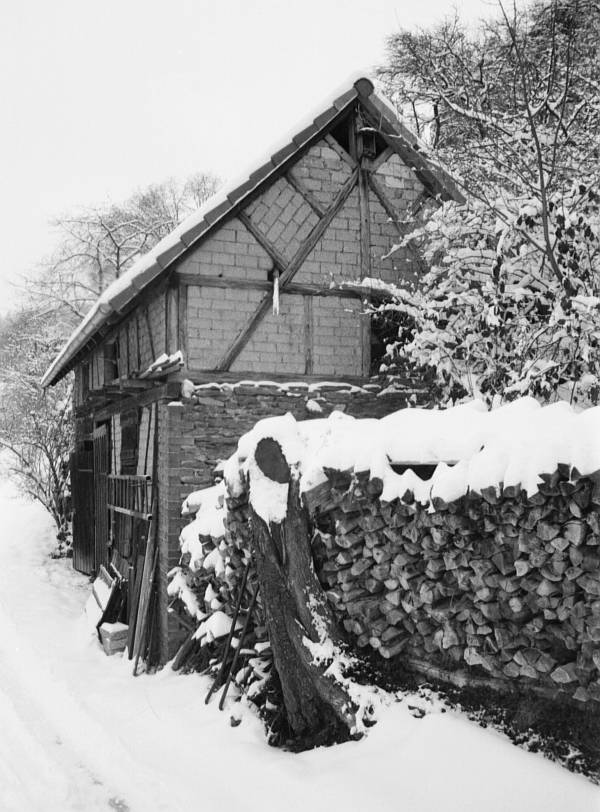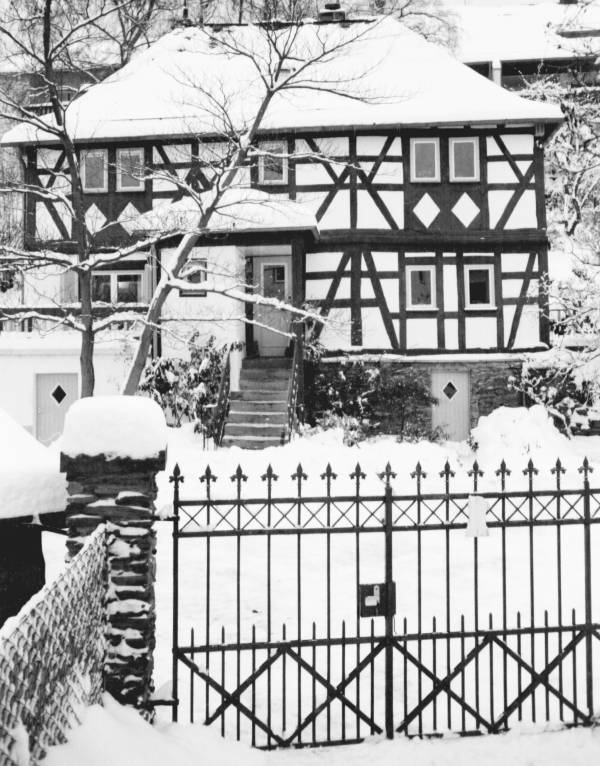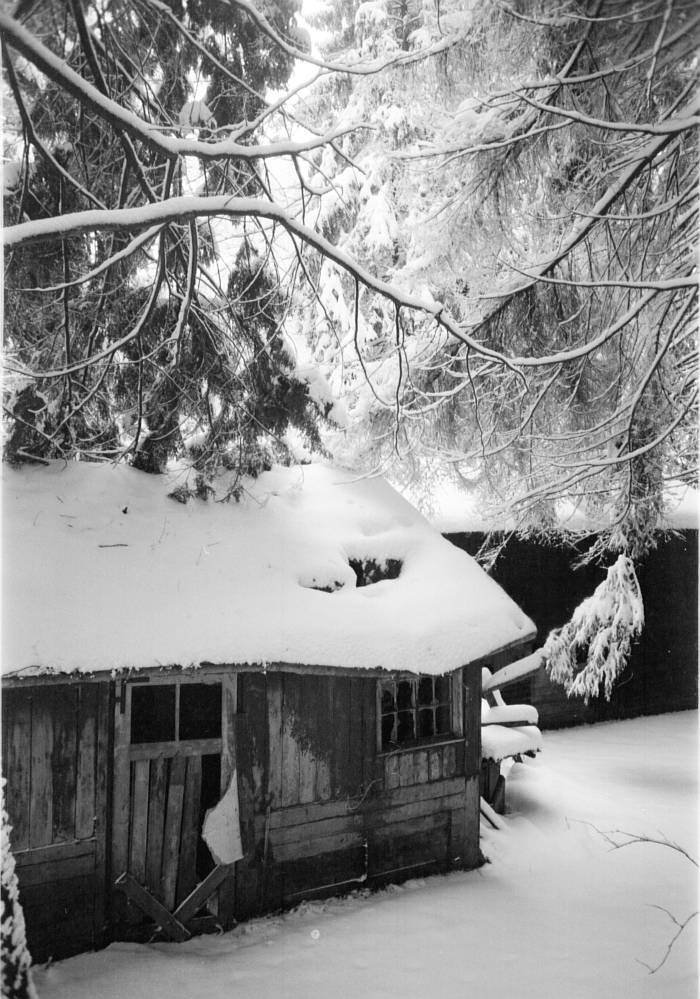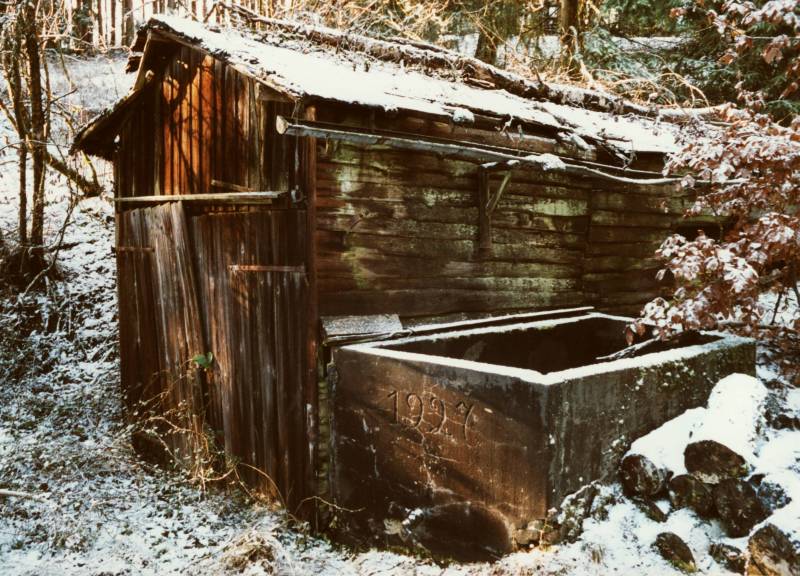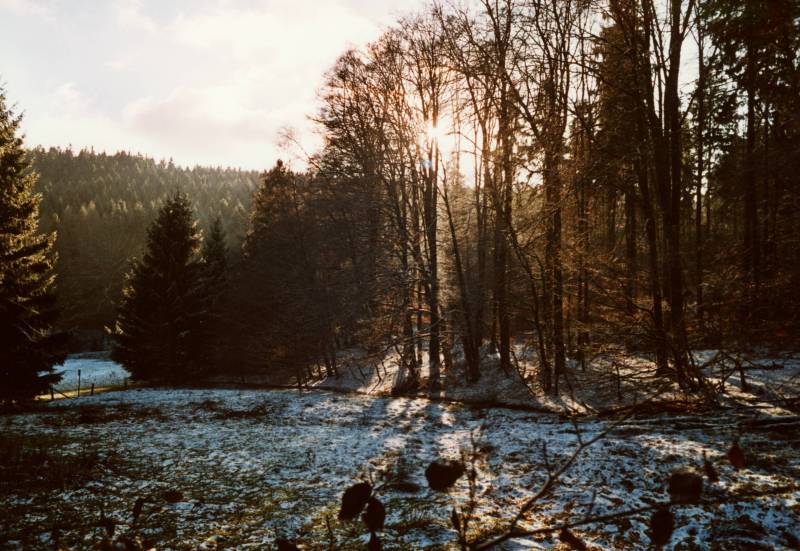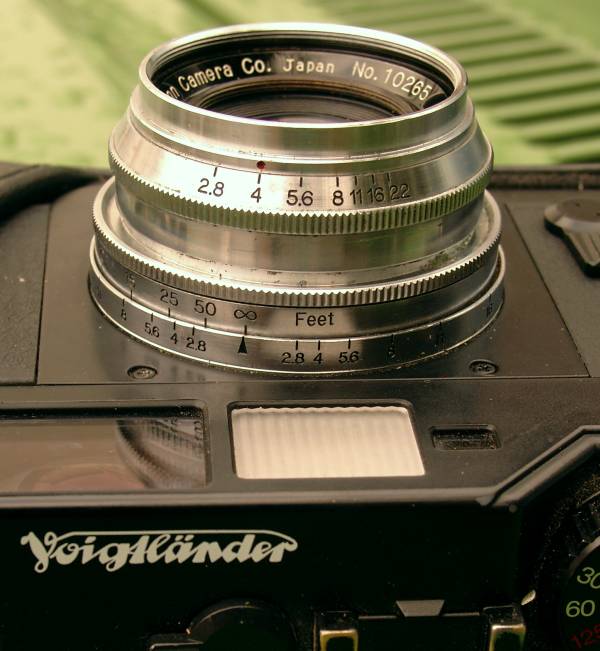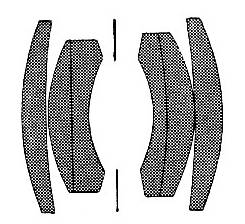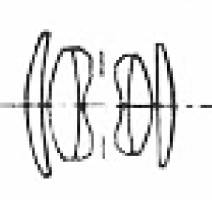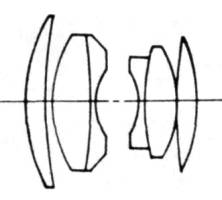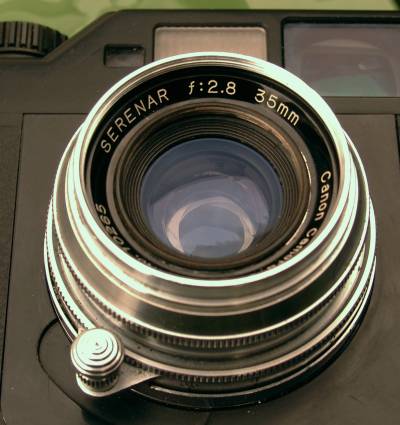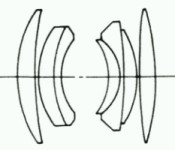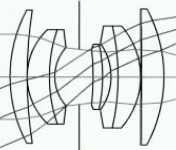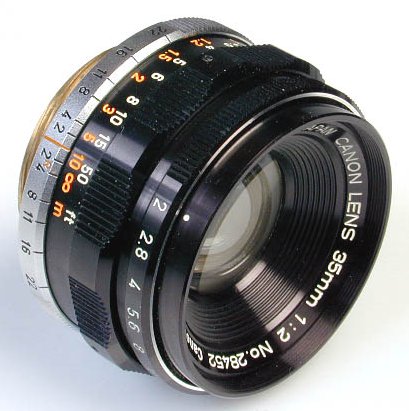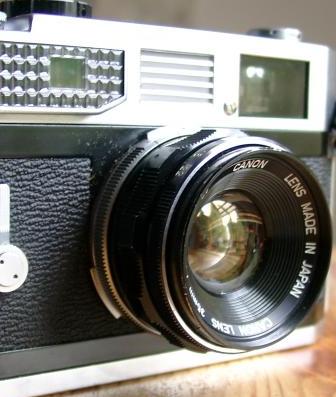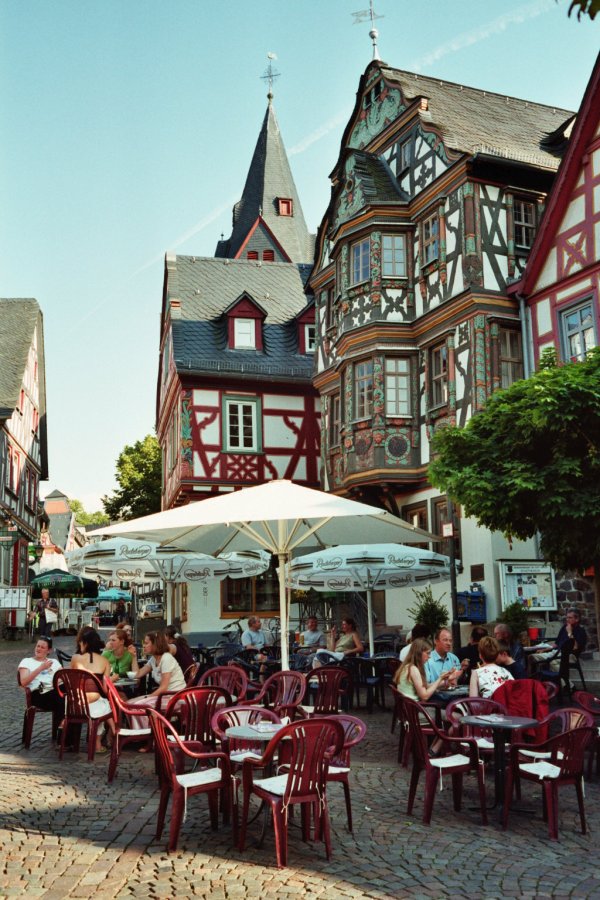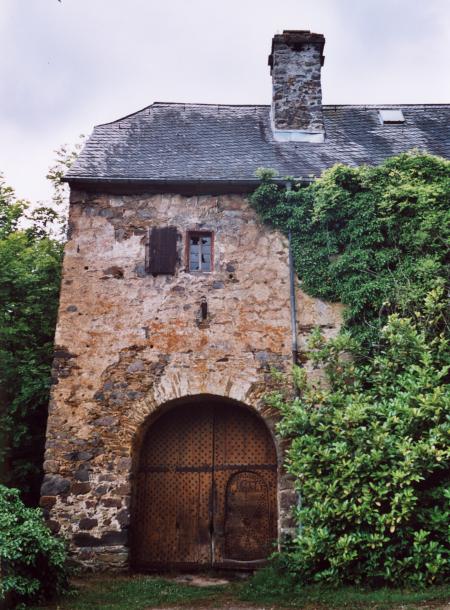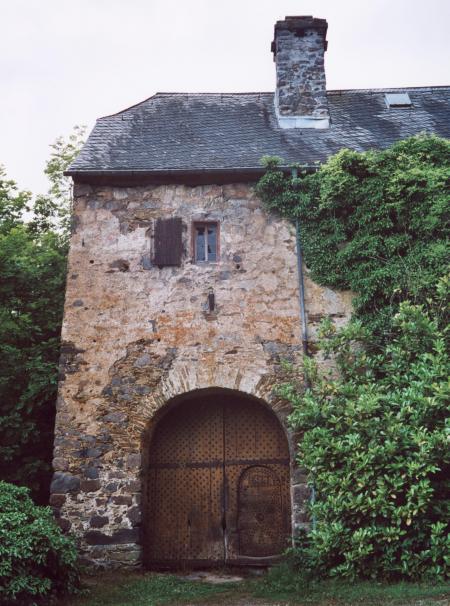

The second, even rarer black series of the 28mm f/3.5 with the later style leny-only case (known numbers: 20310, 21038)
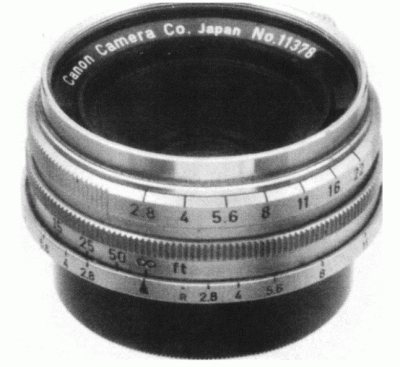
This was the last "chrome" CANON lens, coming out in June 1957. Similar outfit to the 3.5/25mm (1956)

CANON 3.5/ 28mm (1951-1958) - straight Gauss designs were common in the early age of wideangle lenses, but overstrained edge sharpness at this high degree of angle-of-view.
At that time (1935-19955) LEICA offered a f/6.3 28mm lens (Hektor) followed by a Summaron f/5.6 (1955-1963) - much slower and no better in taking pictures!
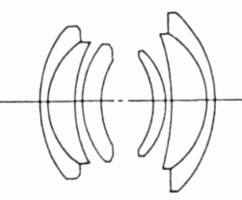
Also a Gauss Type but with cemented outer elements - there are different oppinions which lens was better.
Bigger elements of both lens are on the film side - with all of my diagrams this is towards the right border.
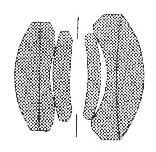
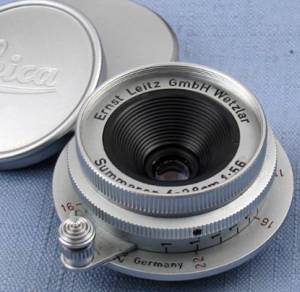
Leitz had a true lack of wide-angle lenses at the end of the Berek-era in the 1950's!
Left: Comparison Leitz Summaron 5.6/28m - higher priced by collectors but 1 1/2 stops slower, finished more simple...

